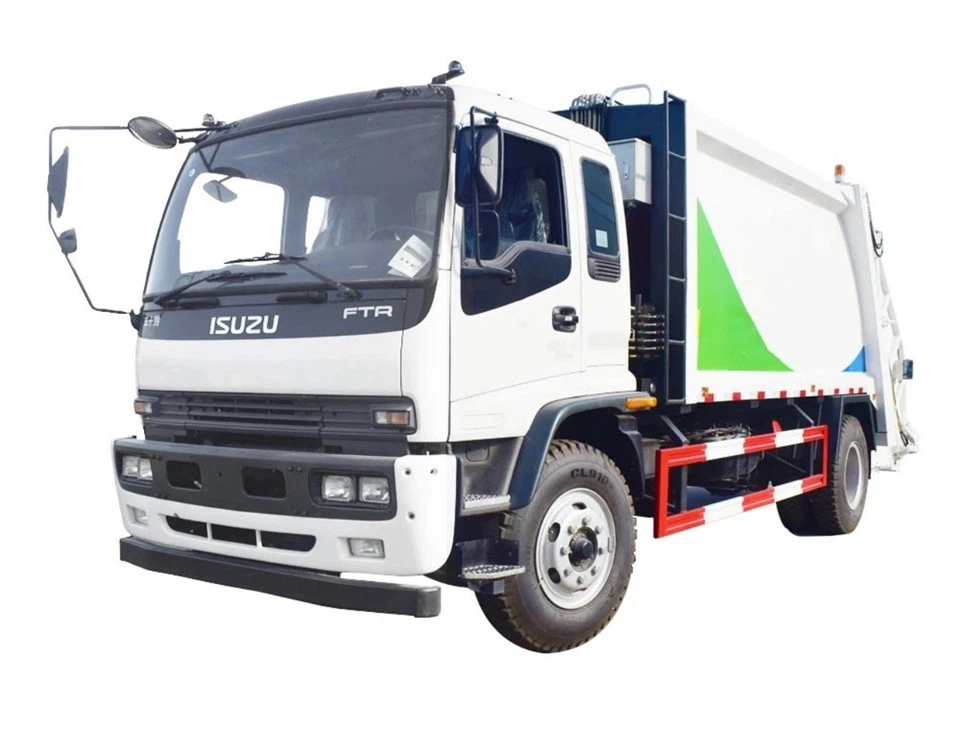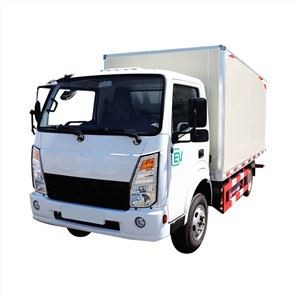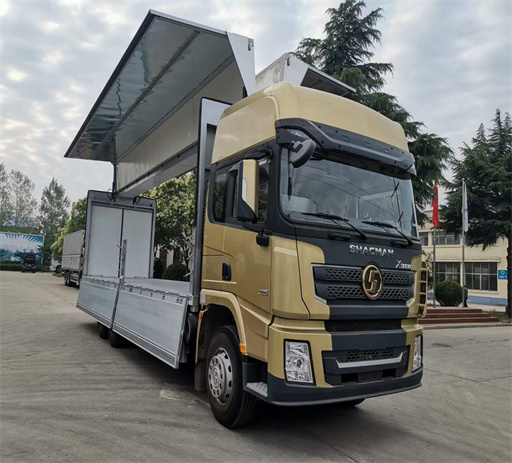Kabinok: The Future of Smart Living

Kabinok is rapidly gaining attention in the realm of smart living solutions. In a world increasingly driven by technology, kabinok systems offer innovative ways to enhance our lifestyle, making everyday tasks easier and more efficient. This article delves deep into what kabinok is, its advantages, applications, and how it can transform your living experience.
What is Kabinok?
Kabinok refers to a range of smart home technologies designed to automate and streamline various functions within a living space. From smart appliances to integrated security systems, kabinok represents a shift towards a more interconnected and efficient lifestyle.

The Evolution of Kabinok
The concept of smart living is not new. However, kabinok as a cohesive system has evolved with advancements in technology. Early smart devices operated in isolation, but the modern kabinok integrates these devices, allowing them to communicate and work together seamlessly.
Key Components of Kabinok
- Smart Appliances: Devices such as refrigerators, ovens, and washing machines equipped with internet connectivity.
- Home Automation Systems: Centralized control systems for managing various smart devices.
- Security Solutions: Cameras, sensors, and alarms that enhance home security.
- Energy Management: Tools that monitor and optimize energy usage.
Advantages of Kabinok
The kabinok system offers numerous benefits that enhance your home environment.
Increased Convenience
With kabinok, you can control your home environment with just a few taps on your smartphone. Imagine adjusting your thermostat or locking your doors while you are miles away!
Example:
Use voice commands to turn on the coffee maker as you wake up, ensuring that you have a fresh cup ready when you enter the kitchen.
Enhanced Energy Efficiency
Smart devices can optimize energy use by automatically adjusting settings based on occupancy or time of day, helping you save money on utility bills.
Example:
| Device | Traditional Use | Kabinok Optimization |
|---|---|---|
| Thermostat | Manual temperature settings | Automated, learning user preference |
| Lighting | Switch on/off | Smart scheduling based on daylight |
Improved Security
Kabinok systems enhance security through surveillance, smart locks, and alert systems that inform homeowners of unauthorized access in real-time.
Practical Tips:
- Invest in doorbell cameras for added security.
- Use smart locks to control access remotely.
Customization and Personalization
Kabinok allows you to tailor your living environment according to your preferences. You can set personalized settings for lighting, temperature, and entertainment based on your daily routines.
Applications of Kabinok
Kabinok systems are not just a phenomenon in residential areas but also find applications in commercial buildings, retail spaces, and even healthcare.
Residential Use
In homes, kabinok enhances everyday living through home automation. This includes everything from simple tasks like turning on lights to more complex systems that monitor health and energy usage.
Commercial Use
Businesses utilize kabinok technology to increase operational efficiency, such as automated lighting in offices and real-time data monitoring in retail settings.
Healthcare Integration
Kabinok can be used in healthcare facilities to monitor patients remotely, ensuring timely intervention when necessary.
Implementing Kabinok in Your Home
Adopting kabinok can seem overwhelming, but breaking it down into manageable steps makes the process easier.
Step 1: Assess Your Needs
Identify what aspects of your home you want to automate. This could range from security to energy management.
Step 2: Research and Select Compatibility
Not all devices work together. Ensure the devices you choose are compatible with each other.

Step 3: Installation
Depending on your comfort level, you can either tackle the installation DIY-style or hire professionals to set everything up.
Step 4: Regular Maintenance and Updates
Keep your kabinok systems updated to ensure optimal performance and security.
Potential Challenges of Kabinok
While the benefits of kabinok are substantial, some challenges need consideration.
Privacy and Security Concerns

Connected devices may be vulnerable to hacking. Always use strong passwords and regularly update device firmware.
Compatibility Issues
Not all devices can communicate with each other, leading to potential frustrations. Research device compatibility before purchasing.
Cost Implications
Initial setups can be costly, although many users see long-term savings in energy efficiency.
Future of Kabinok
The future looks bright for kabinok technologies, with new advancements on the horizon. Continued integration with IoT (Internet of Things) provides even more possibilities for smarter living.
Emerging trends include:
- Artificial Intelligence: Smarter systems that learn user habits.
- Energy Storage Solutions: More efficient energy use and conservation methods.
- Expanded Integration: More devices and systems working together seamlessly.
FAQ
What does kabinok mean?
Kabinok refers to a smart home system that automates various functions within a living space, improving convenience, security, and efficiency.
Can I integrate kabinok with my existing devices?
Many kabinok systems are compatible with existing smart devices, but it is essential to check compatibility before purchasing new equipment.
Is kabinok secure from hacking?
While no system is completely hack-proof, using strong passwords and keeping device software updated can help enhance security.
How much does a kabinok system cost?
The cost of a kabinok system can vary widely, depending on the devices you choose and the complexity of the setup.
Can kabinok save me money on energy bills?
Yes, kabinok systems can optimize energy use, leading to potential savings on utility bills over time.
What should I consider before implementing kabinok?
Before implementing kabinok, assess your specific needs, ensure device compatibility, and consider both the initial investment and long-term returns.
